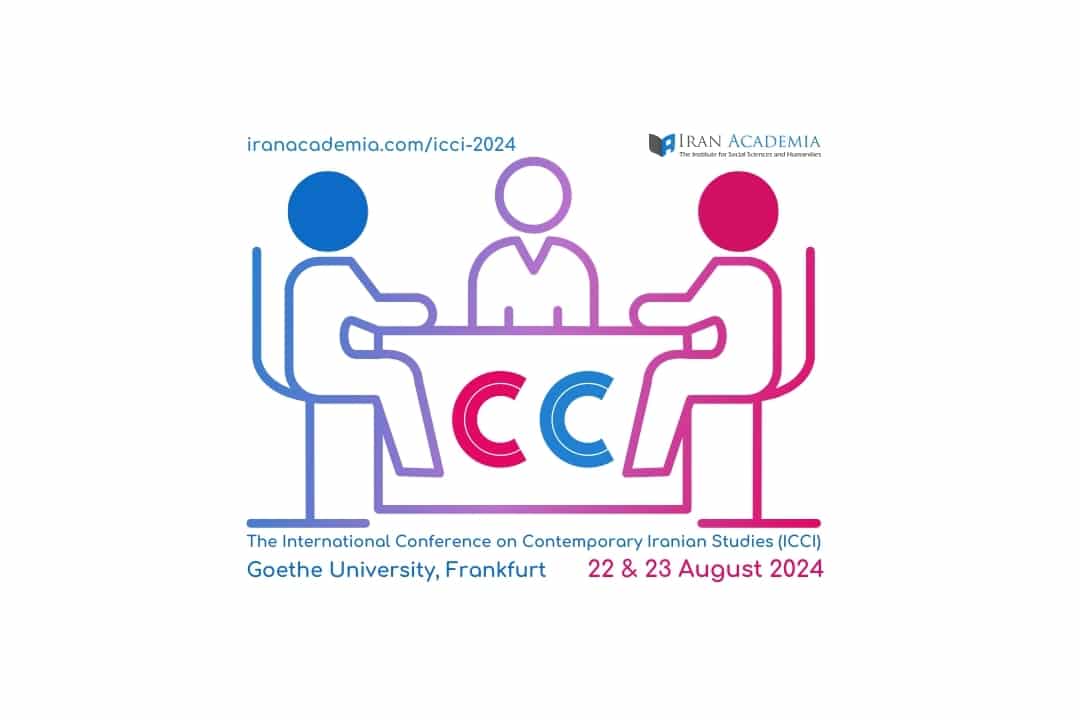Azadeh Fathi
Ashura in Iran – Between Tradition and Functionalisation
Anahita Hosseini
Hegemony in Post-Revolutionary Iran: The Complexities of Coercion and Consent
Moderator: Ali Banuazizi
Abstracts
Azadeh Fathi
Ashura in Iran – Between Tradition and Functionalisation
The main focus of this paper lies on the change of significance of the Muharram mourning ceremonies in Iran at the end of the Pahlavi era until and throughout the revolution. By examining the elements which contributed to a dynamic change in the perception of the Battle of Karbala and the Shiite heroic figures, it is aimed to show how the Iranian Revolution of 1979 – which was not borne exclusively by the religious parts of the population – is connected with this Shiite tradition. In this context a further look on the influence of religious symbolism on non-Shiite, secular and leftist revolutionary groups can be revealing. Yet another important aspect this paper aims to clarify within this framework is the gender discourse and the role of women as active participants both in Muharram ceremonies and the revolution. Having examined the transformation of the Ashura mourning rituals into an act of political protest in the context of the revolution, which led to the establishment of the Islamic Republic, there will be some consideration of the role of this religious tradition in the last decades. After the controversial Presidential Elections in 2009 and the emergence of the Green Movement, religious symbols and slogans were revisited by the protesters against the political establishment, which claimed the religion for itself. In this context the events reached their new culmination point in Ashura 2009, also referred to as “bloody Ashura”, and the theocratic system was confronted with the question of legitimacy. This last point becomes all the more important considering the increasing waves of uprisings in Iran in the recent years, which gained new dimensions after the death of Jhina Mahsa Amini in the Woman, Life, Freedom Movement and leads to the question whether Muharram and the narration of Karbala and religious symbols in general still have a deep impact in the population. Given the much-quoted survey of the GAMAAN research group of Iranians´ Attitudes Toward Religion and the recently leaked survey implemented by the government of the Islamic Republic there has been a notable change considering the role of religion in Iranian people´s life.
Anahita Hosseini
Attempting Hegemony in Post-Revolutionary Iran
Focusing on issues of power, ruling and governance, this paper examines the complicated relationship between coercion/force and consent/persuasion in authoritarian states, using post-revolutionary Iran’s state-oriented practices as a case study. By drawing on a Gramscian framework and by reframing and further developing core Gramscian concepts in relation to the case of the Islamic Republic of Iran, I show how the IRI state’s deployment of brute force/coercion against the population, on the one hand, and their multifaceted attempts to produce consent among the citizens, on the other, have often been analysed in isolation from each other. The result is that the co-constitutive dialectical connectivity of these two phenomena is either downplayed or overlooked altogether. In this paper, I aim to delve into one specific aspect of this connection by analysing how state-oriented coercion attempts to base itself on popular consent. In other words, I explore how the use of state force often presupposes the manufacture of consent, or is at least more effective and less consequential as a result. But how is this achieved? I will use specific examples of how the IRI state has attempted to normalize its repressive apparatus’s most extreme practices by forming certain aspects of knowledge production and by closely controlling others. It does so in several interrelated ways: with the help of ‘organic intellectuals’ domestically and internationally, by producing cultural products aimed at the ‘average’ consumer that normalize state-violence and finally by integrating aspects of hegemonic international discourses into domestic ones in a manner that is in line with state- oriented norms and values. I will draw on a variety of sources such as newspaper articles, social media pages and television series to highlight how this ‘normalization’ occurs, how successful it has been and the extent to which it has encountered resistance from the Iranian population.


